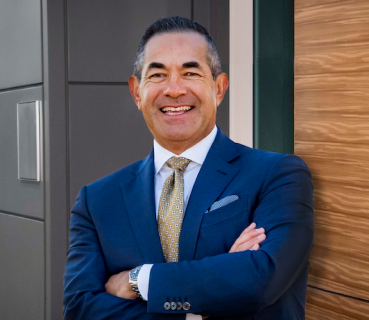Relevant Contents
Need Tailored Business Continuity Insights?
Contact Us Now for Personalized Guidance!
As they say, “practice makes perfect,” however, often times this step is forgotten about after a plan is put in place. When people better understand what is expected of them, what their roles, responsibilities, and restrictions are, they’re empowered and the tendency toward fear and panic in the aftermath of an emergency can be reduced. This is decidedly important for the Crisis Communication Plan.
It is necessary for company spokespeople to be totally in control of the message as well as the ability to keep calm, cool, and in charge while having information readily accessible. This ability will come with lots of practice. Other people who have to act behind the scenes should be able to reassure employees and keep anxiety at bay because they have practiced the skills to do so through repetition and drills.
A well thought-out and practiced plan for Crisis Communication can be a firm’s most powerful tool. It will allow the Crisis Management Team to gain fast and effective control over the chaos that naturally ensues from a business disruption. An effective plan will include who to speak to, what to say and/or not say, and how best to say it. Practicing allows teams to work through the inevitable deficiencies of a plan and be better prepared for a real event.

Michael Herrera
Michael Herrera is the Chief Executive Officer (CEO) of MHA. In his role, Michael provides global leadership to the entire set of industry practices and horizontal capabilities within MHA. Under his leadership, MHA has become a leading provider of Business Continuity and Disaster Recovery services to organizations on a global level. He is also the founder of BCMMETRICS, a leading cloud based tool designed to assess business continuity compliance and residual risk. Michael is a well-known and sought after speaker on Business Continuity issues at local and national contingency planner chapter meetings and conferences. Prior to founding MHA, he was a Regional VP for Bank of America, where he was responsible for Business Continuity across the southwest region.


